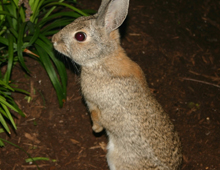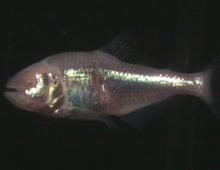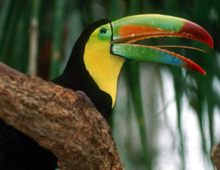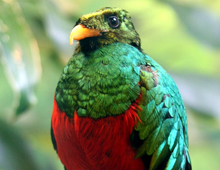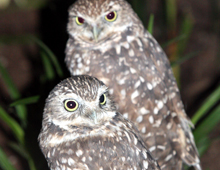
Found all the way from the prairies of Southern Canada to Tierra del Fuego at the tip of South America, this is one of the most widespread birds of the New World. Throughout this vast range, it lives in holes in the ground. Though often awake in the daytime, its favorite times to hunt are dusk and dawn. Its prey is mostly insects and rodents. It thrives in captivity, and has bred at the DWA and in other collections. In mythology, owls were messengers of the Mayan Underworld, and companions of the Aztec Death God.

